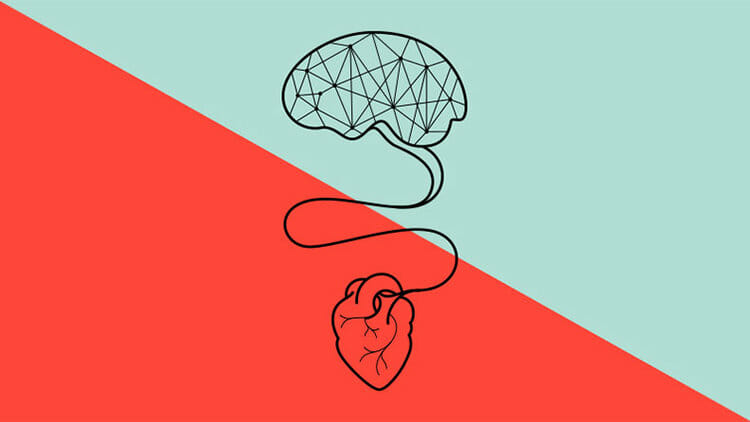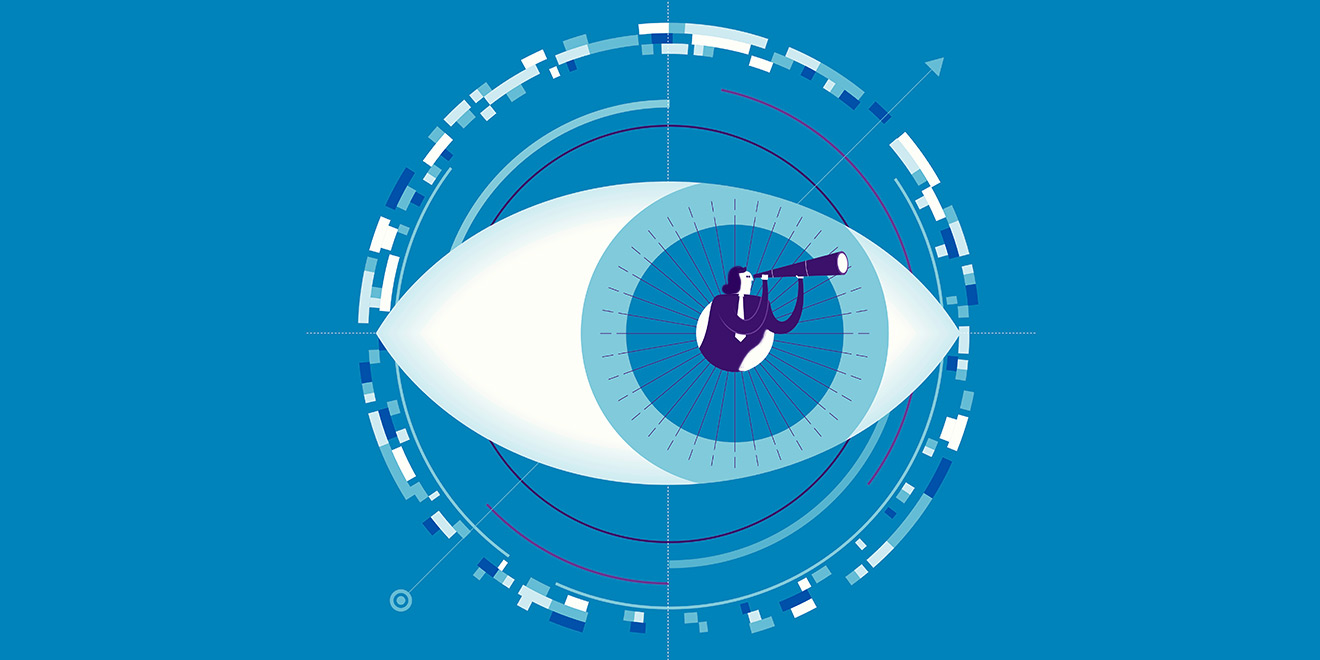The Miracle of Brand Essence
To begin, we turn briefly to the world of basketball. The Los Angeles Lakers, a once-beloved franchise, have not won a championship in nearly a decade. This year, they will not make the playoffs for the sixth year in a row, the longest drought in team history. Yet despite this, every year, the Lakers sell more jerseys than just about anybody else in the league. How is this possible? Even though the team is weak, its brand essence is incredibly strong.
If branding is the heart of business, then brand essence is the heart of branding. Think of it as a tool, often just a few words, for capturing and communicating the conceptual subtleties of your brand. It’s the core characteristic that defines you – an intangible attribute that separates your brand from your competition. It is not a commodity, nor is it product related. It is the essential feeling evoked in your audience when they hear your brand name.
Emotion > Innovation
For the Lakers, that’s “Showtime.” Showtime was an era when the team played an exciting run-and-gun style of basketball. Led by Magic Johnson’s passing skills and Kareem Abdul-Jabbar’s scoring, the team elevated the audience’s expectation of what basketball could be. Fans were no longer coming to watch a sport, they were here to watch a show – with all the swagger, excitement, and delight that that entails. A ticket to the Showtime Lakers was an emotional experience.
And that’s the key right there. Especially in overcrowded B2B markets, emotional brands are the only way to create meaningful, sustainable differentiation. In today’s what-have-you-done-for-me-lately? world, it’s difficult to maintain a performative edge through innovation alone. Eventually, you’ll lose your edge – and that’s when you must rely on the emotional attachment of your brand to keep you afloat till your next breakthrough. Apple hasn’t radically changed their phones in years, but they maintain deep product love through a clear articulation of their essence.
Some Examples of Brand Essence
Visa = Everywhere.
FedEx = Safe.
Disney = Magical.
REI = Adventurous.
Notice how none of these examples mention processing fees or delivery times or refund policies? This is the highest level of value your brand can articulate. Don’t be fooled by its brevity. It’s incredibly difficult to create something that is aspirational yet achievable, abstract yet grounded, universal yet specific. Where do you even start?
Elevate Your Brand Through Laddering
One way in is a process called “laddering,” which is often used to uncover the essence of a brand. As outlined by brand consultant Philip Kotler, “Laddering is based on the notion that brand meaning can be deepened by examining progressively more abstract implications of a brand’s features,” he says. “The bottom rung of the ladder represents the starting point, which is usually an attribute.”
An attribute leads to a functional benefit, which is the second rung on the ladder. Zooming out further, the implication of the functional benefit is an emotional benefit, which is the third rung. Finally, the crystallization of that emotional benefit would be the final rung on the ladder: your brand essence. As we climb up the ladder, the focus is less on the attributes of the brand and more on the role that the brand plays in consumers’ lives. For example, let’s look at Guinness.
Rung 1 attributes: alcoholic, malty, filling
Rung 2 functional benefits: satisfying, delicious, unique
Rung 3 emotional benefits: masculine, independent, in the know
Rung 4 brand essence: Guinness brings out your inner strength
Relentless Consistency
Sustaining an emotional brand requires superhuman levels of consistency across multiple touchpoints. After all, you are not just competing within your own industry for share of heart – every brand bombards people with emotional messages. To get traction, brands need consistency of purpose and execution at every customer touchpoint. In a fragmented social media landscape, this only gets harder every year. Brands need to be crystal clear in the expression of their essence, reinforcing it across time, media, and geographies in order to establish their role in consumers’ lives.
When you define your brand essence, you can:
- Articulate the highest source of value in a memorable way
- Increase the power of brand positioning
- Guide decision-making for creative design, values, and brand story
- Limit fragmentation and disparate projects that aren’t on-brand
- Enable brand growth with values and message integrity
- Provide “little epiphanies” and stronger emotional connections for consumers
Lastly, make sure you pick an essence that doesn’t feel right at the moment, but also asks long-term strategic questions to help you define your brand essence for the goals of your business for today and tomorrow.
Emotive Brand is a brand strategy and design agency in Oakland, California.













